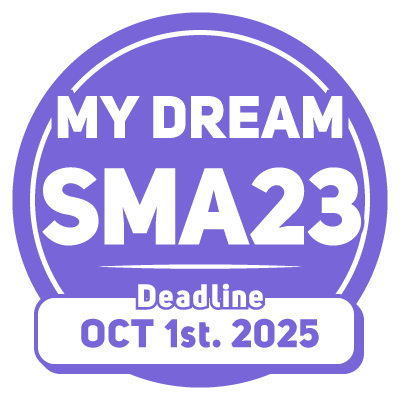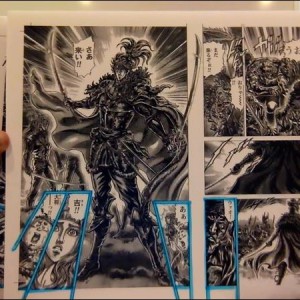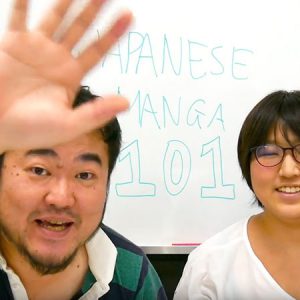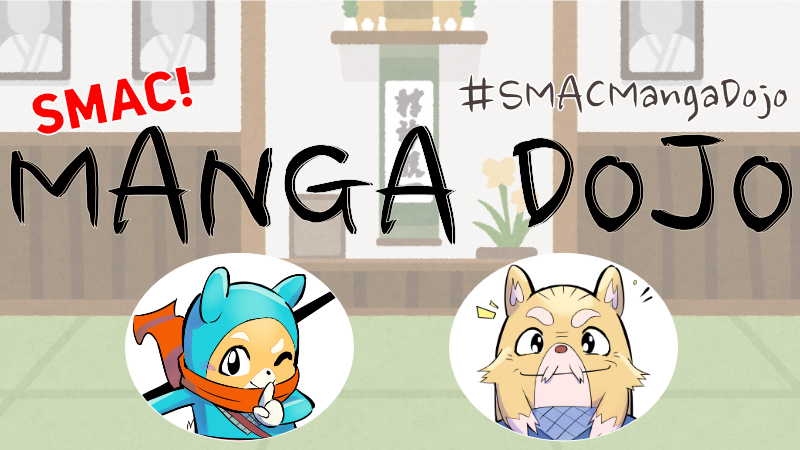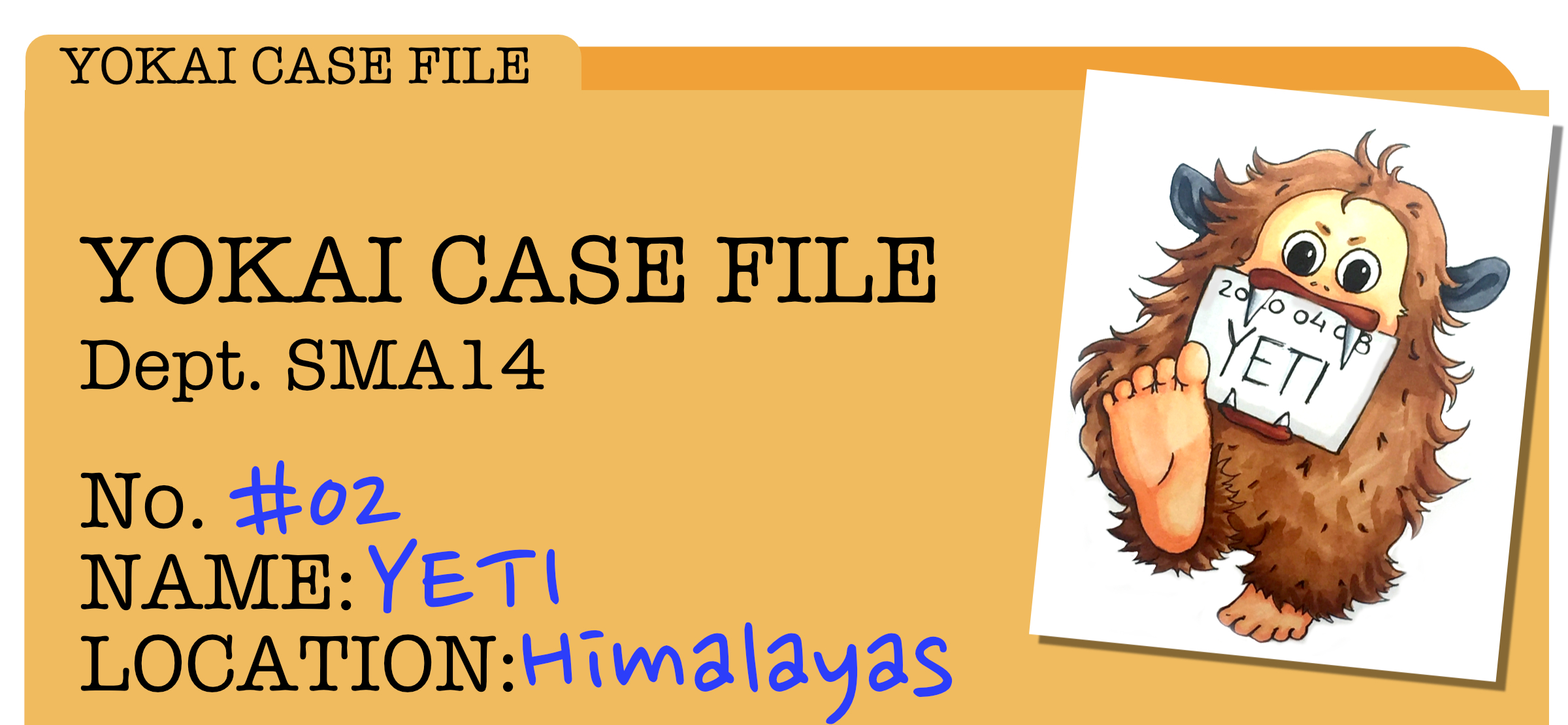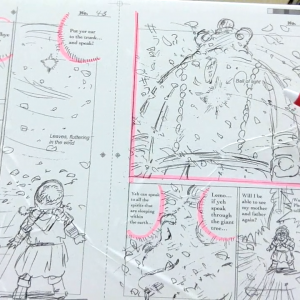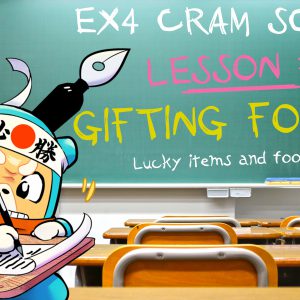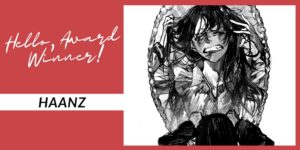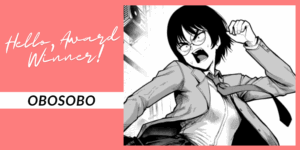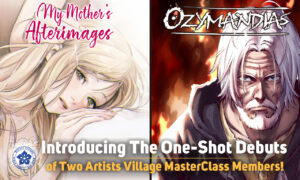Camera Angles of FIST OF THE NORTH STAR! – Japanese Manga 101 – #012
03/04/2015
5 min read
Today we are gonna dig deeper, in the camera angles!
Last time, we talked about the “Long shots” and “Close Ups”.
Today, we talk about
 In this perspective, you can draw everything much smaller, so they fit in a panel much more easily. More freedom to position them in a descriptive way.
It works well, in describing the scenery, and showcasing relationship between all the characters, in a panel.
Now, with using “High angle” for characters.
In this angle, characters will seem smaller, emphasizing weakness, powerlessness, or sorrows of a character.
In this perspective, you can draw everything much smaller, so they fit in a panel much more easily. More freedom to position them in a descriptive way.
It works well, in describing the scenery, and showcasing relationship between all the characters, in a panel.
Now, with using “High angle” for characters.
In this angle, characters will seem smaller, emphasizing weakness, powerlessness, or sorrows of a character.
 This is the “Low” angle. Any character, can be drawn to be seen big! Even the small ones.
This is the “Low” angle. Any character, can be drawn to be seen big! Even the small ones.
 If the character is already big, it emphasizes the powerfulness, or greatness of the character.
We call this effect, “AORI” in Japanese.
It seems simple enough, draw in high to make your character weak, draw from Low to make him strong or powerful. Or is it?
Let’s see how masters use techniques in more advanced ways. Again with hara sensei, on Fist of the North Star!
This is actually a high-angle, looking down on a person.
If the character is already big, it emphasizes the powerfulness, or greatness of the character.
We call this effect, “AORI” in Japanese.
It seems simple enough, draw in high to make your character weak, draw from Low to make him strong or powerful. Or is it?
Let’s see how masters use techniques in more advanced ways. Again with hara sensei, on Fist of the North Star!
This is actually a high-angle, looking down on a person.
 As you can see, even in “High” angle, the character is drawn to be extremely big and strong, emphasized by the opponent drawn much smaller than it should be.
Hara sensei, calls this “The mind vision”. The big character, is drawn at the very large size; This is the size, the smaller character sees the opponent, in his mind.
Now flip the camera 180. Now from the big-guy’s eye point, looking down on the smaller opponent.
Even though the camera is looking down, it emphasizes not only the strength, but also the eeriness of him, not at all being scared by the big guy’s presence.
As you can see, even in “High” angle, the character is drawn to be extremely big and strong, emphasized by the opponent drawn much smaller than it should be.
Hara sensei, calls this “The mind vision”. The big character, is drawn at the very large size; This is the size, the smaller character sees the opponent, in his mind.
Now flip the camera 180. Now from the big-guy’s eye point, looking down on the smaller opponent.
Even though the camera is looking down, it emphasizes not only the strength, but also the eeriness of him, not at all being scared by the big guy’s presence.
 So, in this sequence, the camera actually stayed at almost the same level, both at each character’s eye point, looking at each other.
So, in this sequence, the camera actually stayed at almost the same level, both at each character’s eye point, looking at each other.
 Important thing here to remember, is that key to placing your camera is always consider at which of the angle will make your reader most smoothly understand the characters’ emotions.
If you think moving the camera too often will confuse the reader, it’s perfectly adequate to fix it at a point.
Also, the “mind vision” is a great technique in Manga. Don’t be afraid, to deform the reality, for your advantage!
One more point to remember. When you place your camera at an angle, never cut the character’s head with the edge of the panel!
Important thing here to remember, is that key to placing your camera is always consider at which of the angle will make your reader most smoothly understand the characters’ emotions.
If you think moving the camera too often will confuse the reader, it’s perfectly adequate to fix it at a point.
Also, the “mind vision” is a great technique in Manga. Don’t be afraid, to deform the reality, for your advantage!
One more point to remember. When you place your camera at an angle, never cut the character’s head with the edge of the panel!
 If you do, it will feel more crumpled, ruining the otherwise great effect! Make them stick out of the panel, is a popular method.
Use those tips, to create your own style of camera angle. And remember! “Easy to understand” is always the key!
If you do, it will feel more crumpled, ruining the otherwise great effect! Make them stick out of the panel, is a popular method.
Use those tips, to create your own style of camera angle. And remember! “Easy to understand” is always the key!
 GOT IT?
In the next episode, we will talk about “Hiki-Goma”, the technique to ensure your reader keeps on reading.
See you next time!
GOT IT?
In the next episode, we will talk about “Hiki-Goma”, the technique to ensure your reader keeps on reading.
See you next time!
“High angle” and “Low angle”
This is the “High” angle. Camera is pointed down, towards the characters. “Long shot in high angle” is also called “the bird’s eye view”. In this perspective, you can draw everything much smaller, so they fit in a panel much more easily. More freedom to position them in a descriptive way.
It works well, in describing the scenery, and showcasing relationship between all the characters, in a panel.
Now, with using “High angle” for characters.
In this angle, characters will seem smaller, emphasizing weakness, powerlessness, or sorrows of a character.
In this perspective, you can draw everything much smaller, so they fit in a panel much more easily. More freedom to position them in a descriptive way.
It works well, in describing the scenery, and showcasing relationship between all the characters, in a panel.
Now, with using “High angle” for characters.
In this angle, characters will seem smaller, emphasizing weakness, powerlessness, or sorrows of a character.
 This is the “Low” angle. Any character, can be drawn to be seen big! Even the small ones.
This is the “Low” angle. Any character, can be drawn to be seen big! Even the small ones.
 If the character is already big, it emphasizes the powerfulness, or greatness of the character.
We call this effect, “AORI” in Japanese.
It seems simple enough, draw in high to make your character weak, draw from Low to make him strong or powerful. Or is it?
Let’s see how masters use techniques in more advanced ways. Again with hara sensei, on Fist of the North Star!
This is actually a high-angle, looking down on a person.
If the character is already big, it emphasizes the powerfulness, or greatness of the character.
We call this effect, “AORI” in Japanese.
It seems simple enough, draw in high to make your character weak, draw from Low to make him strong or powerful. Or is it?
Let’s see how masters use techniques in more advanced ways. Again with hara sensei, on Fist of the North Star!
This is actually a high-angle, looking down on a person.
 As you can see, even in “High” angle, the character is drawn to be extremely big and strong, emphasized by the opponent drawn much smaller than it should be.
Hara sensei, calls this “The mind vision”. The big character, is drawn at the very large size; This is the size, the smaller character sees the opponent, in his mind.
Now flip the camera 180. Now from the big-guy’s eye point, looking down on the smaller opponent.
Even though the camera is looking down, it emphasizes not only the strength, but also the eeriness of him, not at all being scared by the big guy’s presence.
As you can see, even in “High” angle, the character is drawn to be extremely big and strong, emphasized by the opponent drawn much smaller than it should be.
Hara sensei, calls this “The mind vision”. The big character, is drawn at the very large size; This is the size, the smaller character sees the opponent, in his mind.
Now flip the camera 180. Now from the big-guy’s eye point, looking down on the smaller opponent.
Even though the camera is looking down, it emphasizes not only the strength, but also the eeriness of him, not at all being scared by the big guy’s presence.
 So, in this sequence, the camera actually stayed at almost the same level, both at each character’s eye point, looking at each other.
So, in this sequence, the camera actually stayed at almost the same level, both at each character’s eye point, looking at each other.
 Important thing here to remember, is that key to placing your camera is always consider at which of the angle will make your reader most smoothly understand the characters’ emotions.
If you think moving the camera too often will confuse the reader, it’s perfectly adequate to fix it at a point.
Also, the “mind vision” is a great technique in Manga. Don’t be afraid, to deform the reality, for your advantage!
One more point to remember. When you place your camera at an angle, never cut the character’s head with the edge of the panel!
Important thing here to remember, is that key to placing your camera is always consider at which of the angle will make your reader most smoothly understand the characters’ emotions.
If you think moving the camera too often will confuse the reader, it’s perfectly adequate to fix it at a point.
Also, the “mind vision” is a great technique in Manga. Don’t be afraid, to deform the reality, for your advantage!
One more point to remember. When you place your camera at an angle, never cut the character’s head with the edge of the panel!
 If you do, it will feel more crumpled, ruining the otherwise great effect! Make them stick out of the panel, is a popular method.
Use those tips, to create your own style of camera angle. And remember! “Easy to understand” is always the key!
If you do, it will feel more crumpled, ruining the otherwise great effect! Make them stick out of the panel, is a popular method.
Use those tips, to create your own style of camera angle. And remember! “Easy to understand” is always the key!
 GOT IT?
In the next episode, we will talk about “Hiki-Goma”, the technique to ensure your reader keeps on reading.
See you next time!
GOT IT?
In the next episode, we will talk about “Hiki-Goma”, the technique to ensure your reader keeps on reading.
See you next time! 